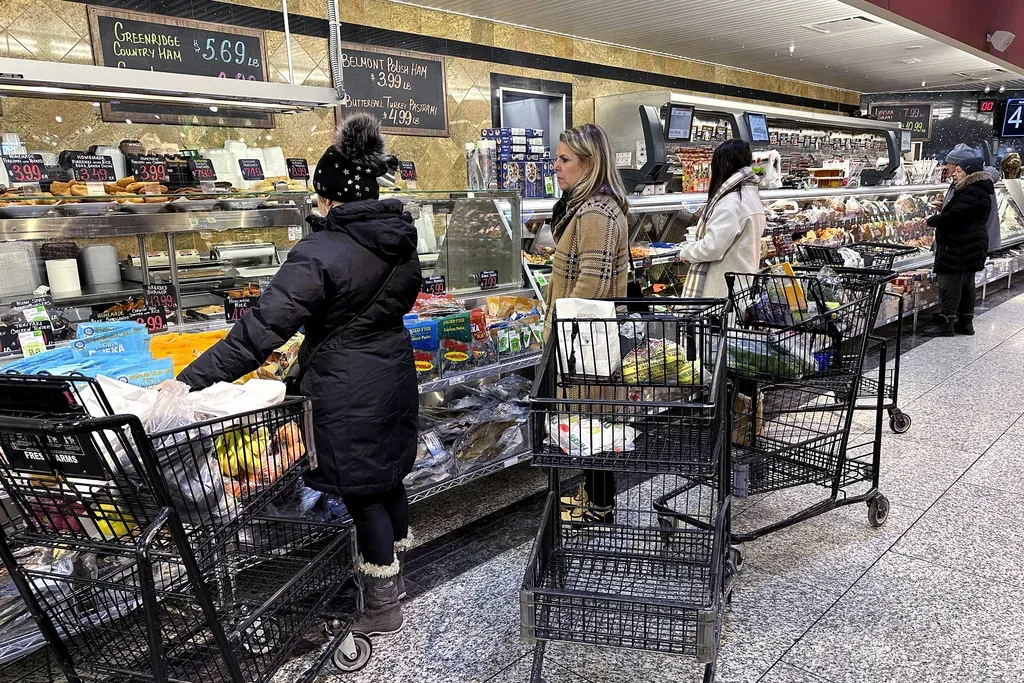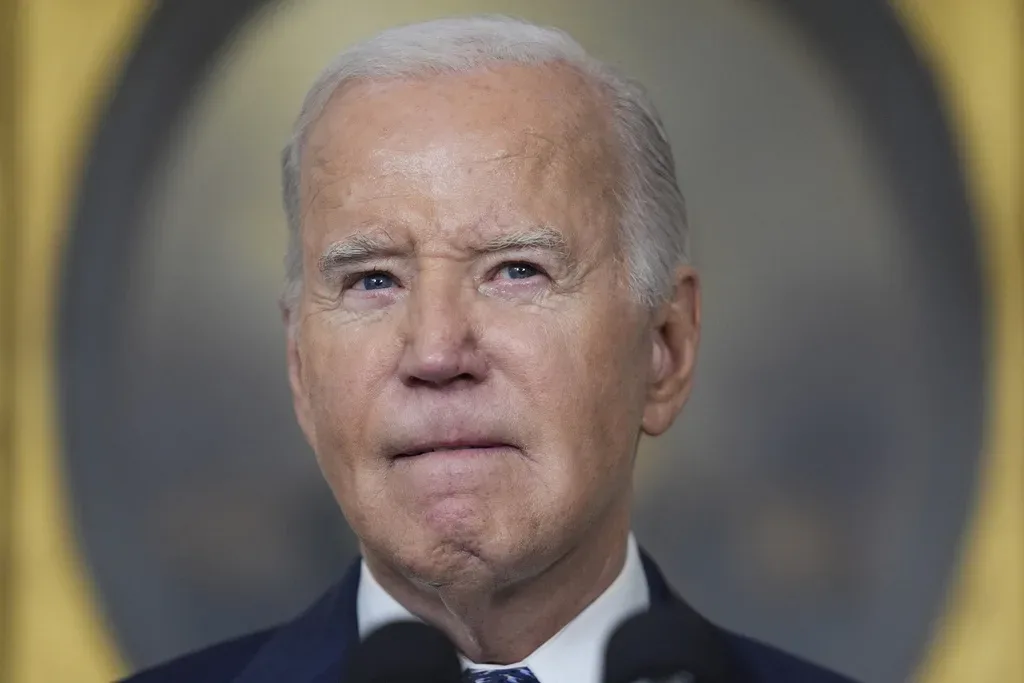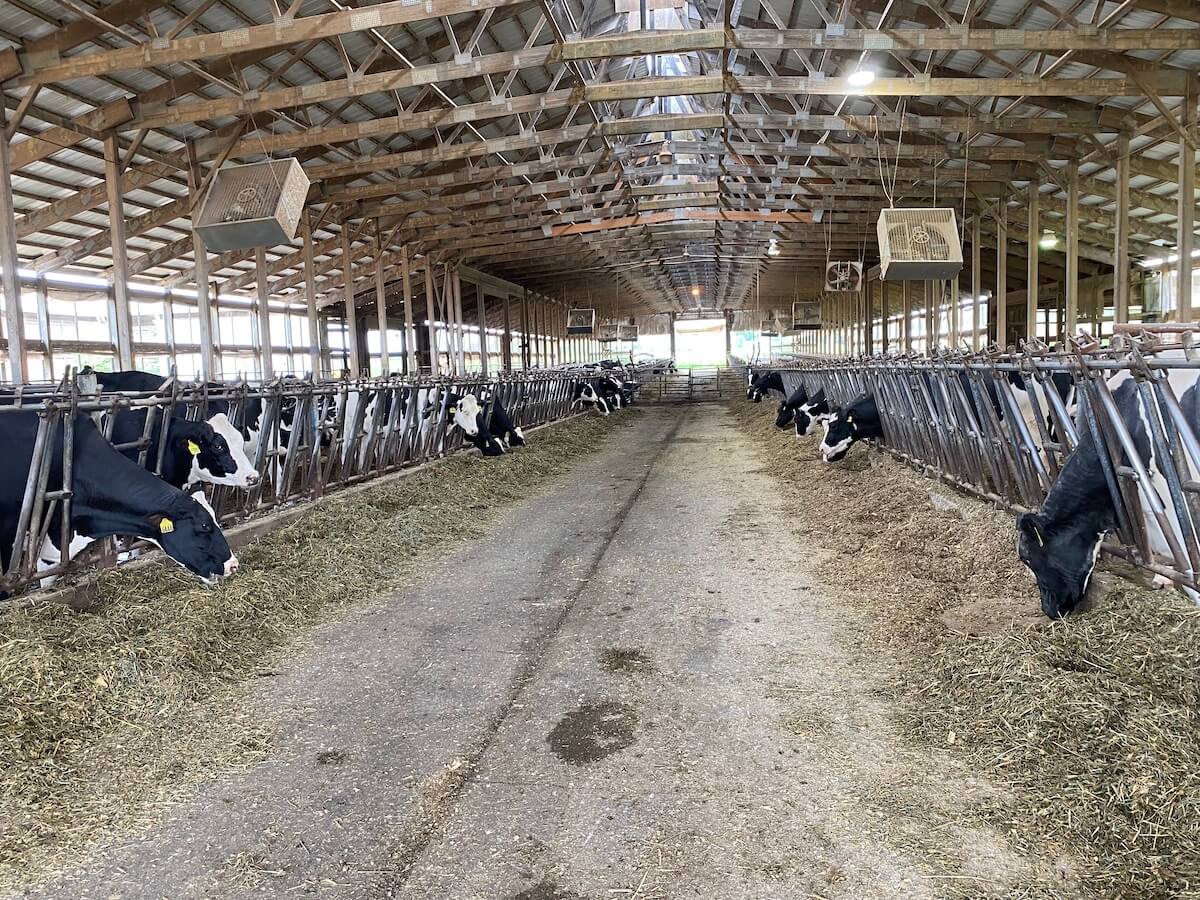
#image_title
#image_title
Wisconsin farmers have hard a rough couple years. Recent investments could help reverse that trend.
An extremely challenging profession for decades, farming in Wisconsin has only become more difficult in the nearly two years since the coronavirus pandemic began.
Struggles finding enough labor. Rising expenses. Delayed or forgone animal sales because of a meat processing backlog. Growing farmer mental health concerns.
Those problems and others, added to economic woes that caused a record number of dairy farmers to go out of business and grain growers to struggle even before the pandemic began, have prompted historic challenges for the state’s agriculture sector, Wisconsin Department of Agriculture, Trade, and Consumer Protection (DATCP) Secretary Randy Romanski said. But recent investments by federal and state agencies is expected to help farmers as they continue to navigate difficulties.
“Clearly, there are challenges we are still facing because of COVID. Unfortunately, those have not gone away,” Romanski said. “What we’re hearing from farmers is prices they are receiving for their products are up in many cases. But the challenge is that their costs have increased as well. Seed, fertilizer, equipment—it all costs more this year.”
Difficulties during the pandemic on top of a half-dozen years of costs outpacing revenues has farmers across the state scrambling to remain financially viable, Buffalo County dairy farmer Joe Bragger said. While higher milk prices and a bumper grain crop provided a much-needed income boost, that money is being offset in many cases by fast-rising costs, he said.
Fertilizers cost double or triple normal prices, he said, and a labor shortage means hiring costs are higher too. Supply chain bottlenecks have caused other prices farmers pay to rise significantly, he said.
“I’m being told that costs are going to remain high for well over a year,” Bragger said. “Farmers are going to have to be very cautious about how much we’re spending for certain items. You really have to ask yourself with each purchase, is it worth it?”
RELATED: State Hopes Farm to School Program Can Address Supply Chain Issues in School Cafeterias
Wisconsin farmers like Bragger are grateful to be receiving the highest grain and milk prices they have seen in years, Wisconsin Farmers Union President Darin Von Ruden said. But in too many cases, “farmers are using that money to make up for losses they have experienced for years now,” said Von Ruden, a dairy farmer near Westby.
Other challenges that include an ongoing shortage of meat processors have left farmers with waits of a year or longer to get their animals butchered, significantly slowing sales. A longtime milk-pricing policy that places Wisconsin dairy farmers at a disadvantage and an agriculture market in which farmers often receive little of the money for the sale of their goods must be reworked to allow more producers to succeed, Von Ruden said.
“Right now, taxpayers are paying for [agriculture subsidies] on top of higher costs in the marketplace,” he said. “It’s really a matter of how to get more of the dollars to the farmers’ level.”
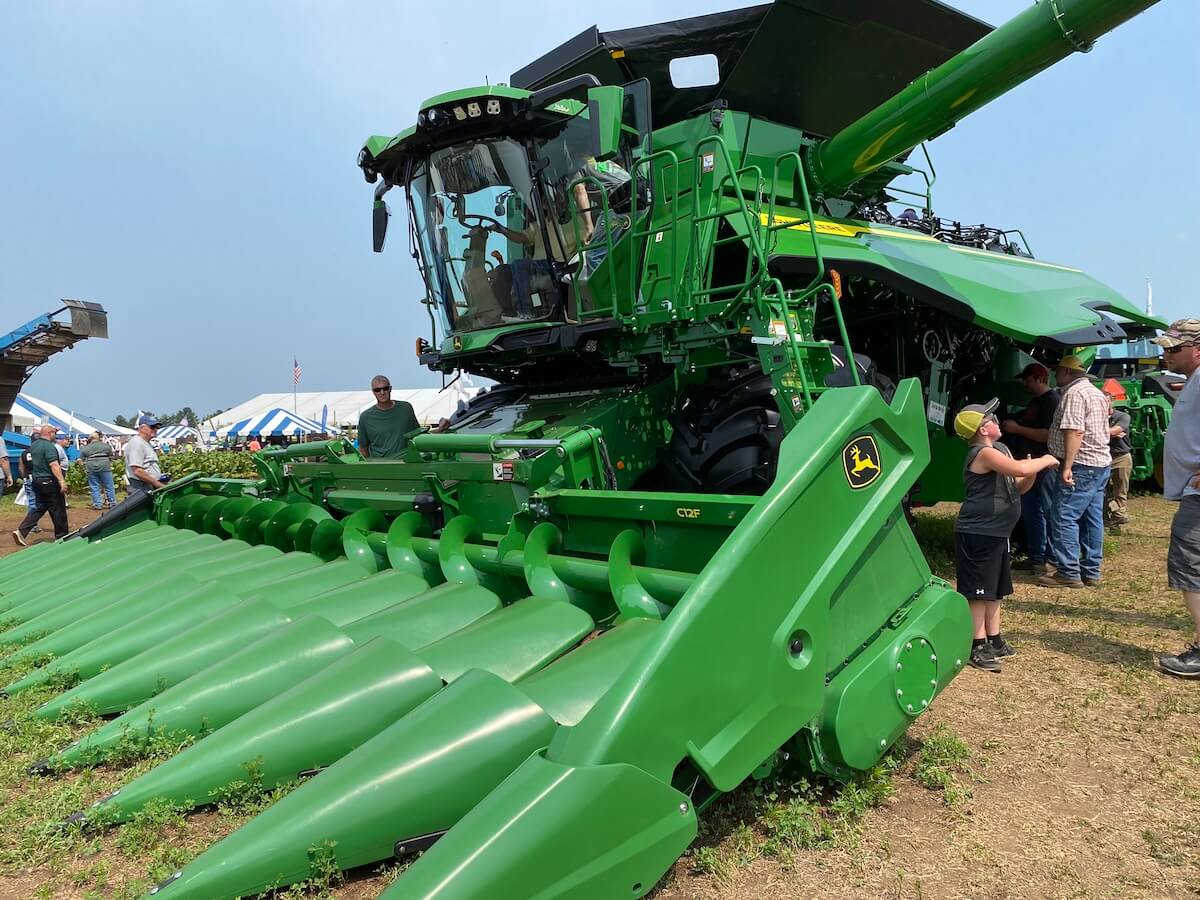
Addressing Infrastructure Needs
Despite troubled times made worse by the ongoing pandemic, financial assistance is on the way for farmers who have been impacted for years by low milk prices, uncertain markets, rising operating costs, and now the pandemic, US Agriculture Secretary Tom Vilsack said.
Vilsack touted funding for rural projects during a visit last week to a dairy farm near Cottage Grove in Dane County and the Chippewa County city of Bloomer to promote President Joe Biden’s Build Back Better bill that has stalled in the US Senate. Bloomer will receive $27.6 million in loans and grants from the US Department of Agriculture Department of Rural Development program, part of $114 million to address clean drinking water infrastructure and other projects in rural Wisconsin.
“When we invest in rural infrastructure, we invest in the livelihoods and health of people in rural America,” Vilsack said in a press release.
Bragger sees the benefits of infrastructure spending in the rolling hills of the Buffalo County town of Montana where he lives and serves on the town board. Most of the town has received broadband upgrades in recent years, he said, and the town board is working to connect residents to high-speed internet in the portion of the town still without it.
“I spent much of my time for a whole year in Zoom meetings,” Bragger said. “Here I am up in the hills in this rural community, and I have some of the best connectivity you could imagine … We realize how important it is for everybody to have that access.”
Investments Viewed as Key
Romanski said he sees signs of hope on the horizon in the form of state and federal funding and in creative approaches farmers are taking to remain financially viable.
A combined $100 million in coronavirus relief funding disbursed by Gov. Tony Evers through the Wisconsin Farm Support Program has helped keep many farmers afloat during the pandemic. On Monday, Evers announced that more than 20,000 Wisconsin farmers will receive nearly $2,500 each in Farm Support Program dollars, part of a $50 million disbursement first announced in August.
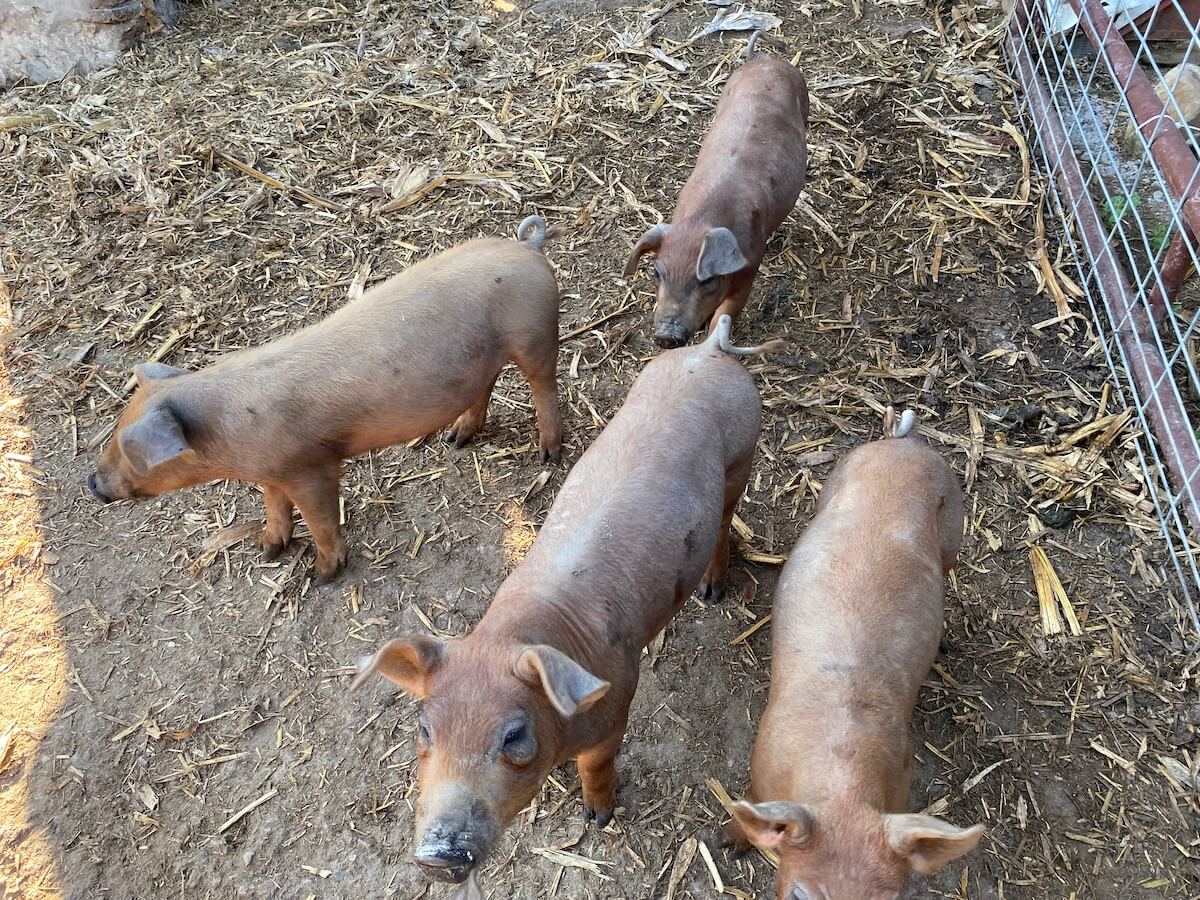
“That money doesn’t make anybody whole, but it has allowed farmers to pay a few bills and use the money they make to pay for other costs,” Romanski said.
Earlier this month, Evers invested $30 million in food security payments to help two state food banks, Feeding Wisconsin and the Hunger Task Force, distribute food to people in need. Those agencies will connect with farmers to link them to the program.
“It’s a great way to connect the dots and link with Wisconsin farmers,” Romanski said. “There is a continued and ongoing need to help those who are food insecure.”
Romanski said his agency is also working on plans to increase the number of meat processing plants in Wisconsin. The state recently hired two meat inspectors and plans to hire another two soon, he said. Six meat processors have applied for grants to expand their facilities, and Romanski said he expects more will do so.
Addressing the processor shortage is key to increasing farmers’ animal sales and hopefully curbing high consumer meat prices, Von Ruden said. He said negotiating changes in the federal Farm Bill to manage supply of products to avoid oversupply and concurrent low prices is key to helping more farmers survive financially.
“We’re seeing quite a bit of interest … to get a system that will be beneficial to everybody that is involved, from the farmer to the consumer,” he said.
‘Build on our Successes’
Von Ruden said he sees other opportunities next year that could benefit farmers. He praised the Biden administration for taking a serious look at antitrust issues in agriculture. Fighting what are essentially monopolies in agricultural sectors, such as the meat industry, would reduce supply chain issues, he said.
“There are too few people owning the production systems that we have,” he said.
He said he is heartened by an increasing number of young farmers getting into the business. More farmers of all ages are finding connections to customers, in some cases as part of local food movements, Von Ruden said.
Romanski said such partnerships can help provide more nutritious food to customers while providing much-needed new markets to farmers. The Farm to School program—in which DATCP, WFU and the state Department of Public Instruction work to link farmers to their local school districts—has taken on added importance as schools struggle to obtain food for student meals. Two bills seeking funding to better connect farmers and school districts are scheduled to go to the state Legislature next year.
“The governor would like to build more resiliency with that issue too,” Romanski said of school food programs. “We are trying to connect those dots regionally. If we can find a school with a need for a particular food product, and there might be a farmer down the road who can provide it … we want to make those connections.”
Devising new approaches to help farmers will be key to preventing more of them from going out of business, especially as pandemic-related issues seem likely to continue into next year with the growth of COVID-19 cases across Wisconsin in recent months and the recent spread of the highly contagious Omicron variant, Romanski and Von Ruden said.
“COVID and the challenges it presents are still with us, unfortunately,” Romanski said. “But with investments in agriculture and new ideas and approaches, we are looking ahead to next year to try to find more ways we can come together to build on our successes.”
Bragger agrees with that sentiment, saying some farmers would not still be in business without COVID-19 assistance funding. He said he is optimistic about possible changes in the milk pricing formula that would benefit Wisconsin dairy farmers. And he’s inspired by the resilience farmers have shown, a sentiment he said will be needed next year too.
“Sure, these are tough times,” he said. “We just need to stick together and support each other, and we’ll pull through this.”
Politics

Who Is Eric Hovde?
Getting to know the contenders for this November’s US Senate election. [Editor’s Note: Part of a series that profiles the candidates and issues in...

It’s official: Your boss has to give you time off to recover from childbirth or get an abortion
Originally published by The 19th In what could be a groundbreaking shift in American workplaces, most employees across the country will now have...
Local News

8 Wisconsin restaurants Top Chef judges are raving about
Top Chef’s 21st season is all about Wisconsin, and on-screen, it’s already apparent that the judges feel right at home here. But, while filming in...

Stop and smell these native Wisconsin flowers this Earth Day
Spring has sprung — and here in Wisconsin, the signs are everywhere! From warmer weather and longer days to birds returning to your backyard trees....


